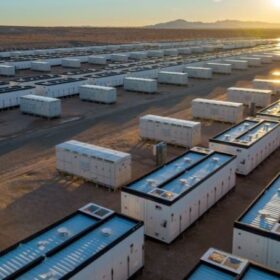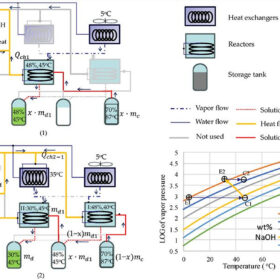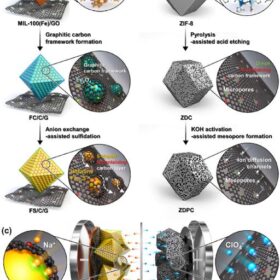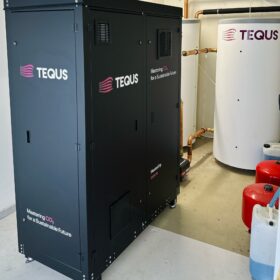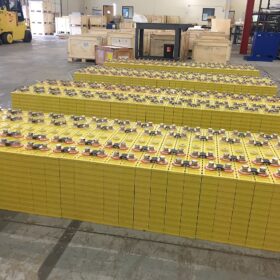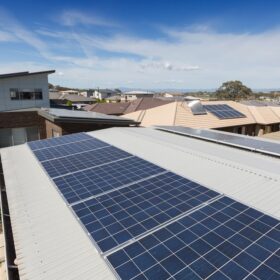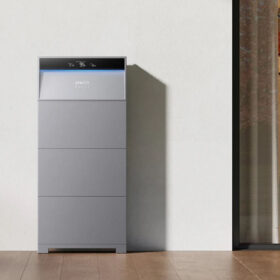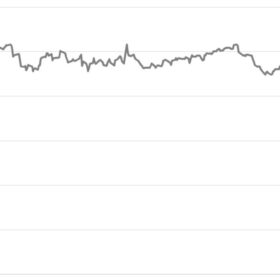IEA calls for sixfold expansion of global energy storage capacity
The International Energy Agency (IEA) has issued its first report on the importance of battery energy storage technology in the energy transition. It has found that tripling renewable energy capacity by 2030 would require 1,500 GW of battery storage.
Solar-assisted thermochemical heat pump based on caustic soda, water
Researchers in China have designed a two-stage, solar-assisted thermochemical heat pump system that uses caustic soda and water as a working pair. The system is reportedly able to achieve an energy storage density of 363 kWh/m3 and is considered by its creators an ideal solution for residential buildings with limited space.
Sodium-ion battery could charge in several seconds
Researchers at the Korea Advanced Institute of Science and Technology (KAIST) have identified a high-energy, high-power hybrid sodium-ion battery capable of charging in just a few seconds. The system integrates anode materials typically used in batteries with cathodes suitable for supercapacitors.
Norwegian startup unveils CO2 water-to-water heat pump
Tequs said its new plug-and-play heat pump can deliver up to 90 C of heat for space heating, air conditioning, and domestic hot water. The new product is available in eight versions with capacity ranging from 17 kW to 268 kW.
Battery makers oversubscribe India’s latest 10 GWh tender
The Indian authorities say the nation’s latest 10 GWh tender was oversubscribed. It attracted seven bidders, including ACME Cleantech Solutions, Reliance Industries, and Waaree Energies.
Australia announces community battery rollout
The Australian federal government’s initiative to install 400 community batteries across the nation has reached the Australian Capital Territory, with plans for three new battery energy storage systems.
Anker Solis launches residential batteries
The new X1 can operate inside or out, from -20 C F to 55 delivering what Anker says is 100% power output without derating. The batteries are lithium iron phosphate (LiFePO4) and will reportedly remain fully operational for up to 3,000 charge cycles.
Europe’s negative price trend could continue until summer
AleaSoft and SolarPower Europe inform pv magazine that negative energy prices in Europe are related to the pandemic, low demand, insufficient storage solutions, and inadequate energy planning. They say this situation will likely continue into the summer.
ArcActive targets Australia with ‘re-engineered’ lead-acid battery tech
ArcActive, a New Zealand-based battery tech specialist, plans to set up a factory in Australia within 18 months. It says the facility will be able to produce 30,000 lead acid-based residential energy storage systems per year.
System design for PV-driven hybrid EV charging stations
Researchers in India have simulated a 4 kW solar power-based hybrid electric vehicle (EV) charging station using a three-stage charging strategy and found that the station is capable of charging 10–12 EVs with 48 V 30 Ah lithium-ion batteries.
